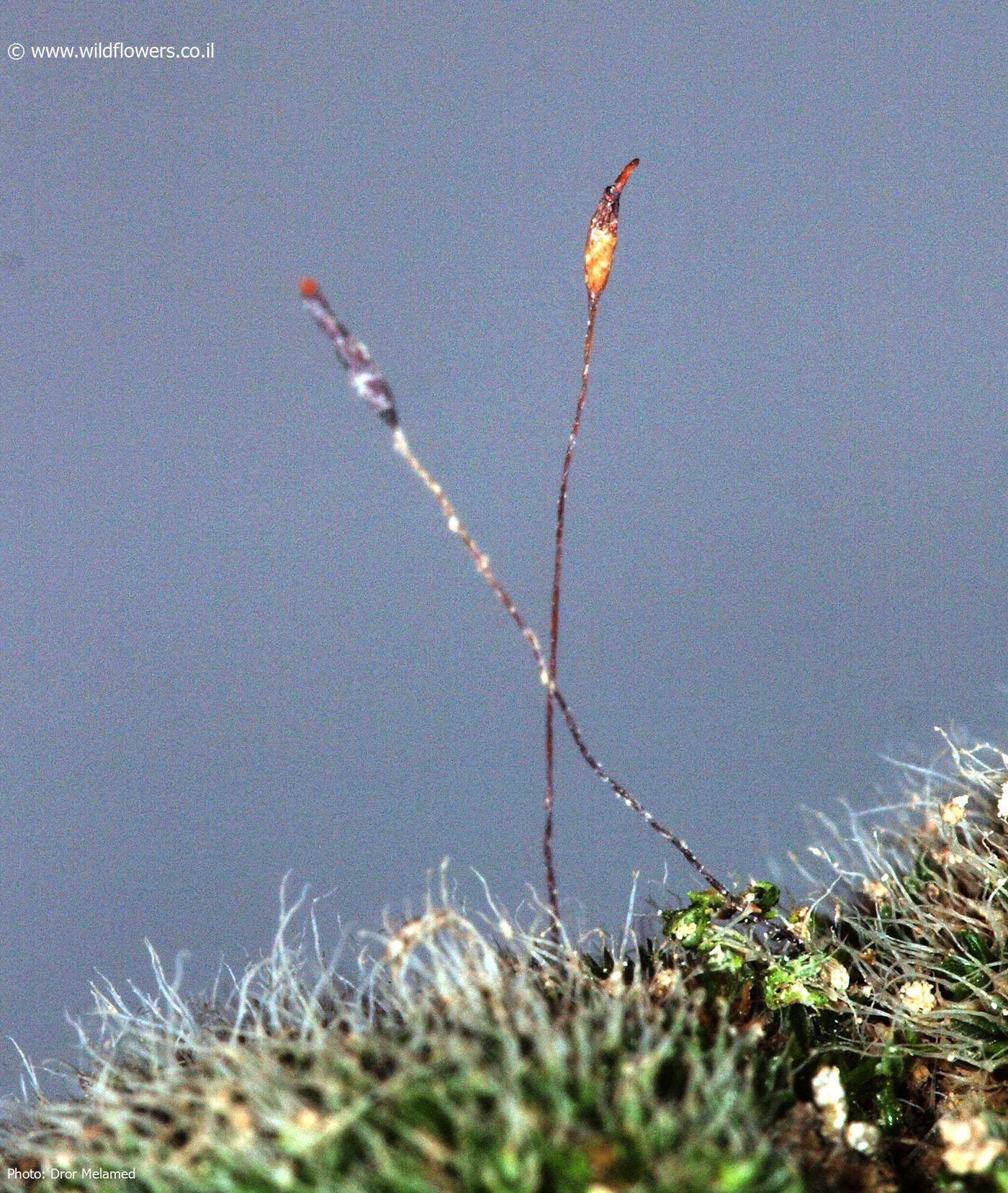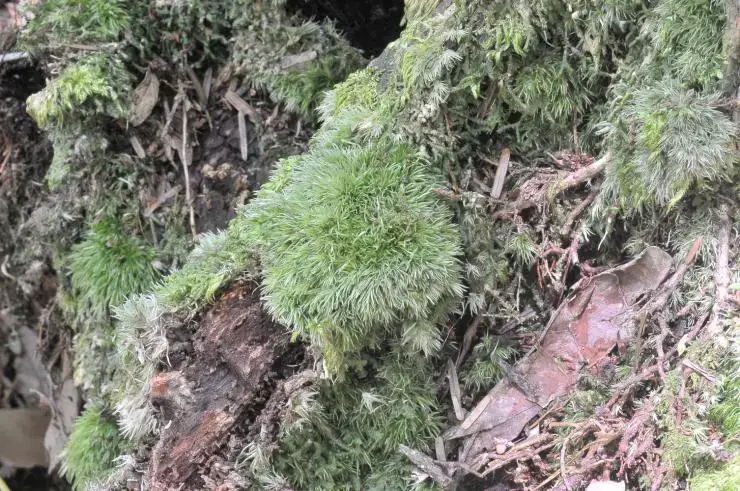
61912cb63c889.jpg from: https://botanique24.fr/fr/portfolio-97423-mousses
Discovering the Tiny Wonder: Acaulon crassinervium Müll.Hal. Moss

3368-l-1.jpg from: https://www.wildflowers.co.il/hebrew/picture.asp?ID=21391

7037e79d418c961c5141889e083833ce.jpg from: https://taieol.tw/muse/digi_object/2355523fe7d6b11d4b7a8ac495911fd7
Introduction
In the vast world of bryophytes, there are countless fascinating species waiting to be explored. Today, we dive into the captivating realm of Acaulon crassinervium Müll.Hal., a tiny moss with a big story to tell. This diminutive member of the Pottiaceae family may be easily overlooked, but its unique characteristics and ecological roles make it a true wonder of the bryophyte kingdom.
Background on Acaulon Mosses
The genus Acaulon comprises around 20 species of small, annual mosses found across the globe. These mosses are known for their minute size, with most species measuring just a few millimeters tall. Despite their diminutive stature, Acaulon mosses play important roles in their ecosystems and exhibit fascinating adaptations to survive in often harsh environments.
Morphology and Identification
Acaulon crassinervium is one of the smallest mosses in the genus, rarely exceeding 2 mm in height. Its leaves are ovate to lanceolate, with a distinct, thickened costa (midrib) that extends to the leaf apex. The leaf margins are entire and often involute when dry. The capsules are immersed among the leaves and have a short, conical operculum. Identifying A. crassinervium requires careful observation under a microscope due to its minute size.
Global Distribution and Habitat
This tiny moss has a wide distribution, being found in Europe, North Africa, the Middle East, and parts of Asia. It typically grows on exposed, disturbed soils in arid to semi-arid regions. A. crassinervium is often found in open habitats such as grasslands, steppe, and even agricultural fields. Its ability to colonize bare soil makes it an important pioneer species in these environments.
Ecological Roles and Adaptations
Despite its small size, A. crassinervium plays significant ecological roles. As a pioneer species, it helps stabilize bare soils and facilitates the establishment of other plants. The dense mats formed by colonies of this moss help retain moisture and prevent soil erosion. Additionally, A. crassinervium serves as a microhabitat for various invertebrates and microorganisms.
To survive in its often harsh habitats, A. crassinervium has evolved several adaptations:
- Its small size and compact growth form minimize water loss.
- The thickened costa and involute leaf margins help conserve moisture.
- The immersed capsules protect the developing spores from desiccation.
- Its annual life cycle allows it to complete its reproduction quickly during favorable conditions.
| Characteristic | Description |
|---|---|
| Height | Rarely exceeds 2 mm |
| Leaves | Ovate to lanceolate, thickened costa, entire margins |
| Capsules | Immersed, short conical operculum |
| Distribution | Europe, North Africa, Middle East, parts of Asia |
| Habitat | Exposed, disturbed soils in arid to semi-arid regions |
Conclusion
Acaulon crassinervium Müll.Hal. may be a tiny moss, but it is a fascinating example of how even the smallest organisms can have significant impacts on their ecosystems. Its unique morphology, wide distribution, and ecological roles make it a captivating subject for bryologists and nature enthusiasts alike. The next time you find yourself in an arid grassland or steppe, take a closer look—you might just discover the tiny wonder that is A. crassinervium. What other secrets do you think this diminutive moss holds?